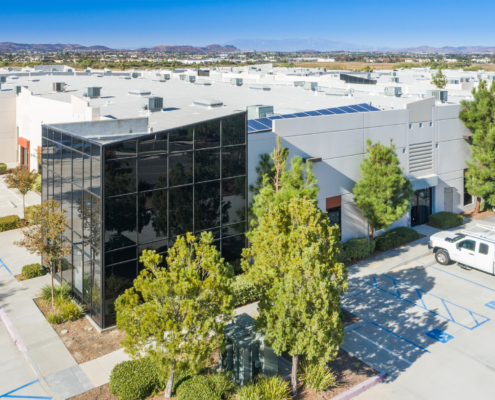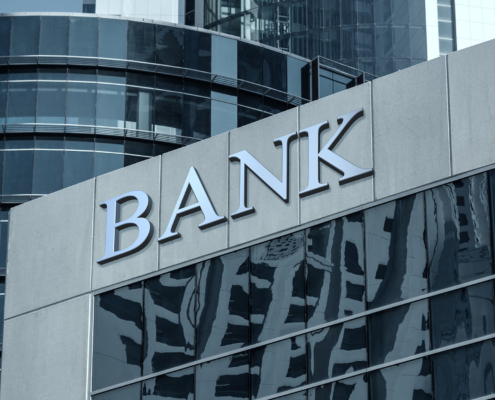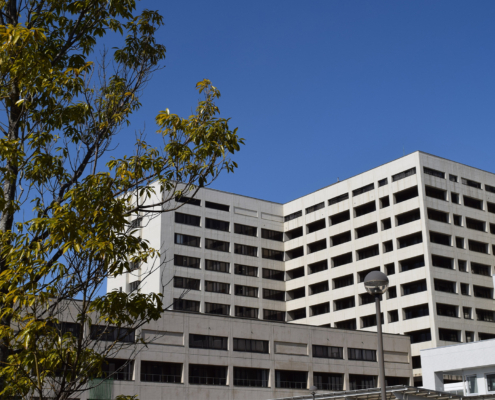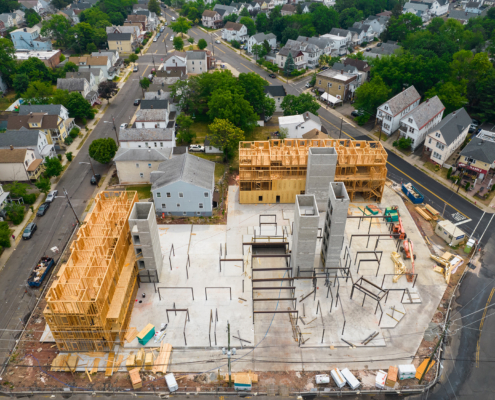 https://www.hokansoninc.com/wp-content/uploads/2025/07/How-to-Finance-a-Commercial-Real-Estate-Development-Project-Loans-Equity-and-Incentives.jpg
1250
2000
AbstraktMarketing
/wp-content/uploads/2022/10/Hokanson-Logo-Color-SVG-V2.svg
AbstraktMarketing2025-07-07 07:58:522025-07-12 15:26:07How to Finance a Commercial Real Estate Development Project: Loans, Equity, and Incentives
https://www.hokansoninc.com/wp-content/uploads/2025/07/How-to-Finance-a-Commercial-Real-Estate-Development-Project-Loans-Equity-and-Incentives.jpg
1250
2000
AbstraktMarketing
/wp-content/uploads/2022/10/Hokanson-Logo-Color-SVG-V2.svg
AbstraktMarketing2025-07-07 07:58:522025-07-12 15:26:07How to Finance a Commercial Real Estate Development Project: Loans, Equity, and IncentivesBank Security and Design: Creating a Safe and Modern Financial Institution
Bank security today is about more than vaults and surveillance—it’s about creating modern, welcoming spaces that protect customers and staff without sacrificing style or efficiency. As branches evolve to meet rising threats and expectations, striking the right balance between safety and service is essential. Continue reading to discover trends in secure bank design, innovative construction strategies, and how your institution can build a trusted and transformative space.
Understanding the Evolving Needs of Bank Security
As threats become more complex, customers expect more from their banking experience. Modern bank security now includes a combination of physical reinforcements and smart technology. It also demands careful attention to customer behavior, employee safety, and overall branch efficiency.
Here’s what financial institutions are prioritizing today:
- UL-rated vaults with digital locking systems
- Ballistic glass barriers and teller line security
- 24/7 surveillance and real-time monitoring systems
- Secure ATM vestibules and night drop boxes
- Controlled entry systems with panic alarms
These systems must be integrated during the bank construction phase, not as afterthoughts.
Balancing Safety with a Customer-Centered Branch Layout
While security is crucial, so is customer experience. Today’s bank design must make people feel both welcome and protected. The key is thoughtful integration, where security infrastructure is present but not overpowering.
This balance is often achieved by:
- Locating teller lines and check-in areas in direct view of entrances
- Using natural light and open space to reduce stress and enhance visibility
- Installing surveillance discreetly without compromising coverage
- Offering secure self-service areas for ATM and kiosk users
Modern customers want quick, convenient service, so your layout should eliminate bottlenecks, prioritize accessibility, and guide people through the space. It’s not just about what looks good—it’s about how secure and seamless your branch feels.
Integrating Security Features into Modern Bank Design
A well-thought-out security strategy should be one of your first conversations when planning your branch design. It’s about safeguarding assets and enabling smooth operations, improving employee safety, and enhancing customer confidence.
Institutions should take a layered approach when considering integrated bank design, incorporating both passive design elements and active systems from the outset. This includes smart floor planning, strategic placement of high-security features, and thoughtful selection of materials and technology.
Vault Placement and Access
Vaults should be centrally located for quick access, but kept out of direct customer sightlines. Designs must factor in the vault itself and secured corridors, reinforced walls, controlled access, and monitored zones that connect to the overall alarm and surveillance system.
Surveillance Planning
Every camera should serve a purpose. Create sightlines that eliminate blind spots at entrances, teller stations, ATM lobbies, and parking lots. Cameras can often be recessed, ceiling-mounted, or disguised to maintain a professional and welcoming atmosphere without compromising coverage or effectiveness.
Secure Entrances and Access Control
Double-entry vestibules, keycard access, biometric systems, and remote locking doors help manage traffic and control who gets where. These features are especially crucial in urban or high-volume branches, where a controlled flow reduces both risk and confusion. Emergency egress routes and panic buttons must also be built into the access plan.
Ultimately, these features should be so well integrated that customers never feel overwhelmed by security, but always feel safe, knowing the branch is designed with their protection in mind.
Discover how to build a safer and smarter financial branch with pre-construction services from Hokanson Companies.
Physical vs. Digital Security in Bank Construction
Physical and digital bank security must go hand-in-hand, especially regarding construction planning. During new branch builds, it’s essential to consider how IT infrastructure and cybersecurity needs will integrate with the physical environment.
Key points to consider:
- Server rooms and data centers must be isolated, secure, and climate-controlled.
- Cabling, routers, and networking gear should be protected behind access-controlled doors.
- Backup generators and battery systems should be strategically placed to maintain power for security systems during outages.
A well-executed bank construction project will address both types of security from day one.
Regulatory Requirements for Bank Security and Construction
Staying compliant isn’t optional—it’s the law and a foundational element of every successful bank construction project. Every bank branch must meet an evolving set of local, state, and federal building codes, financial regulatory requirements, and industry best practices. This includes everything from physical security features and emergency egress plans to digital infrastructure protections and ADA compliance.
Noncompliance not only risks costly penalties and legal issues—it can delay openings, reduce operational efficiency, and damage customer trust. Proactively aligning your project with these standards ensures your branch is built to operate safely, smoothly, and in full regulatory alignment from day one.
This includes:
- ADA accessibility standards
- Local zoning and safety codes
- Financial regulatory agency standards (like FDIC, OCC, or NCUA)
- Alarm and security monitoring compliance
During planning and permitting, your construction team must account for these rules and anticipate how they’ll evolve. Falling short doesn’t just risk safety—it can delay opening or invite penalties.
Common Security Mistakes to Avoid in Bank Construction
Even experienced teams can miss key security considerations if they don’t specialize in financial institutions. Some of the most common mistakes include:
- Placing ATMs or teller stations near glass without sufficient reinforcement
- Installing cameras without proper sightline coverage
- Overcomplicating access control systems, confusing staff and customers
- Ignoring visibility between workstations and public areas
- Delaying security system installation until late in the construction phase
The earlier security planning begins, the more cohesive and cost-effective your project will be.
How Professionals Elevate the Design and Security of Financial Institutions
Designing a secure and customer-friendly bank requires more than good intentions—it demands industry expertise. Professional teams bring a deep understanding of how to marry security infrastructure with smart, intuitive design. They know how to assess a location’s risk profile, layer in modern technologies, and ensure the entire space meets both operational needs and customer expectations.
When you work with experts in bank construction and design, you gain:
- Early-phase planning that aligns security goals with layout and aesthetics
- Integration of digital systems like remote access control and smart surveillance
- Navigation of permitting, regulatory requirements, and ADA compliance
- Collaboration with architects, engineers, and technology partners
This unified approach prevents costly mistakes, reduces delays, and results in a branch that functions efficiently from day one.
Build with Confidence: Hokanson Understands Bank Security
At Hokanson Companies, we believe security shouldn’t feel intimidating, and great bank design should never feel cold. With decades of experience in bank security, bank construction, and full-scale project delivery, we create branches that blend safety, style, and efficiency, helping you bring your vision to life while protecting what matters most. Contact one of our experts today to discover how our commercial construction services can help you design a secure and modern branch.









